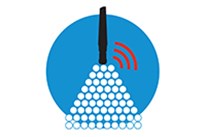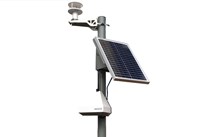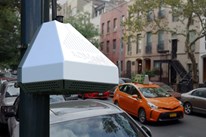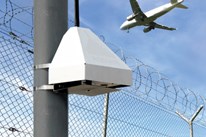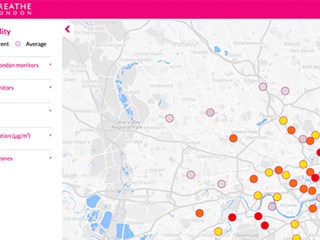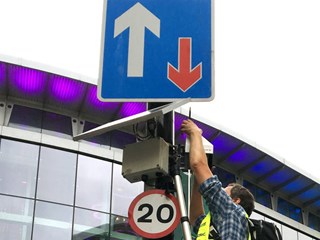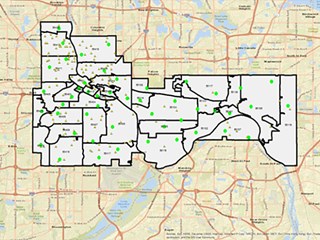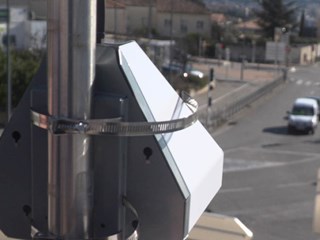AQMesh air quality monitoring systems can measure just one gas or up to six gases, particles, noise and wind speed & direction. Humidity, pressure and pod temperature are always measured.
Accurately measure the target pollutant

Meaningful correction of cross-gas effects and interference from environmental conditions is
consistently delivered through proven and traceable processing.
Processing of sensor output can vary from none at all to the latest AI approaches. Very few air quality experts would challenge the need to apply some form of correction to raw sensor output: it is well known that all small sensors are affected by environmental conditions of one sort or another. Corrections can be applied at various stages. AQMesh was the first manufacturer to test individual sensors in ambient air and quantify sensitivity – rejecting any sensors that do not meet criteria – before installing sensors in equipment.
The sensor characteristics captured at this initial stage can be used during the repeatable, traceable processing that is applied to sensor output from the working system. Years of work and hundreds of co-location datasets are behind the latest algorithms, which are always given a version number and which are available as a free upgrade to all equipment users as soon as they are released.
Some systems claim to offer accuracy through laboratory calibration, and they may well deliver accuracy in the laboratory, but applications are in the field and the perfect relationships achieved with single, dry gases in the lab do not necessarily mean anything in an outdoor environment of mixed pollutants and rapidly changing environmental conditions. If you just need a rubber stamp to show a process has been carried out that’s fine, but do not expect lab calibration to be a guarantee of accuracy in the field.
More AQMesh benefits
Related information
Featured case studies
Need more information? For the best air quality monitoring system and outstanding customer support Get in touch

